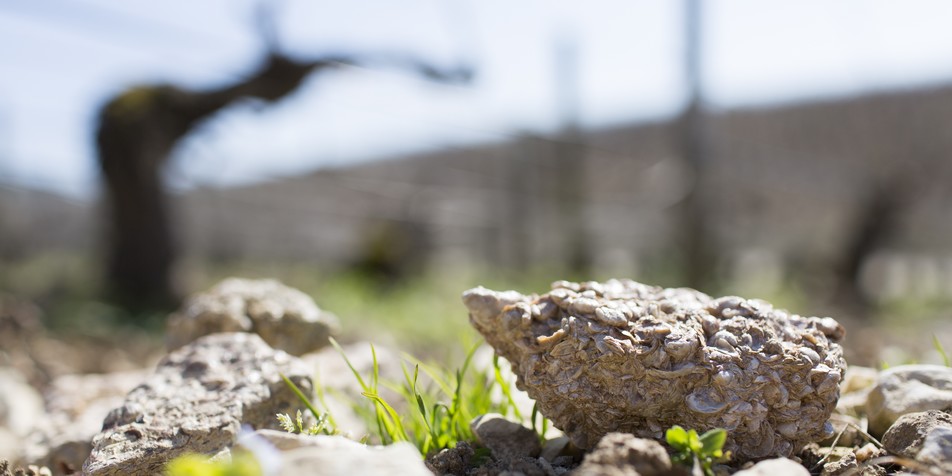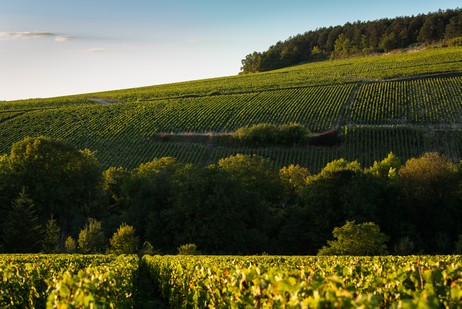

Chablis Grand Cru Blanchot
This Climat of Chablis Grand Cru is named after the light color of its soil and subsoil.
Blanchot stretches over 12.7 hectares, on the east of the Grand Cru appellation. This complex terroir is known for being difficult to work. Because it faces east and southeast, its sun exposure is somewhat limited. Despite only benefitting from the morning sun before it disappears, Blanchot remains, paradoxically, a warm terroir. Its steep slope and sheltered location result in slow ripening conditions, with a harvest that generally starts well after that of its neighbor, Les Clos. In some places, poor clays with shells, stones, or even blue and green sticky draining clays replace the Kimmeridgian limestone in the subsoil.

